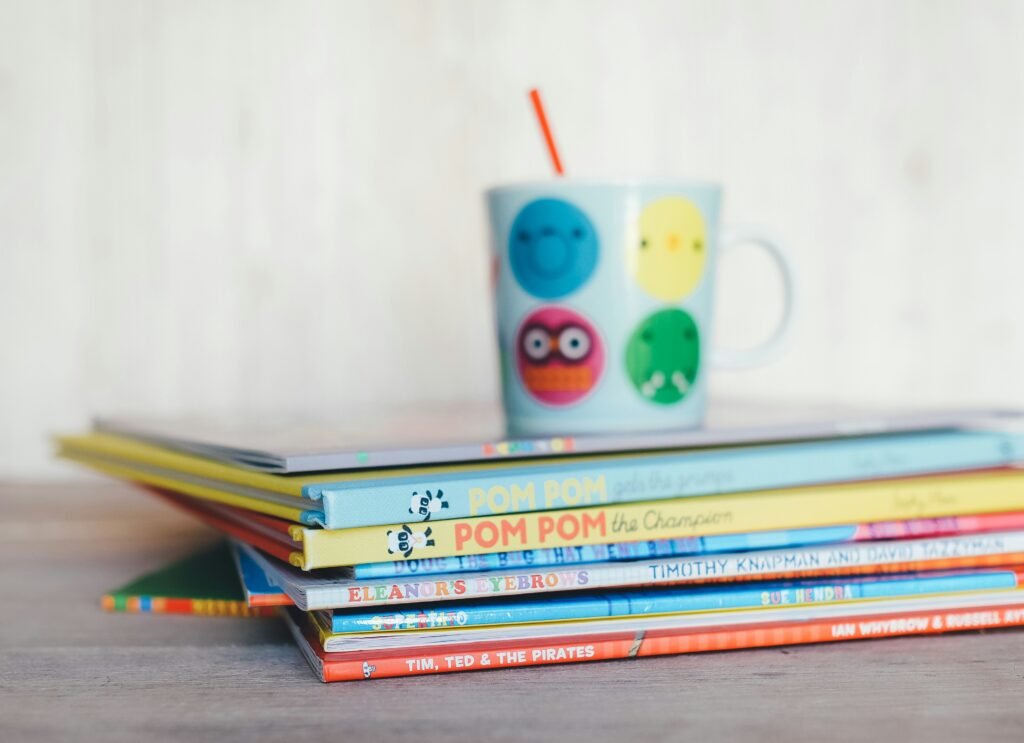Comprehension activities for kids happen to be one of the most tiresome activities you can give them. In the English curriculum, comprehension is one integral part that must be maintained. Its benefits to kids are long-term.

You must get tired of my usual reference to my teaching experience. Well, don’t get tired just yet, let’s do one more. When I handle classes on comprehension, I pay strict attention to how the kids answer questions. There are two ways;
- One part of the class would read through the entire passage and answer the passage questions with what they understood from it.
- The other half would read the questions first and go back to the passage looking for the answers.
It’s lovely seeing this happen time after time with different children because I get to understand the way each child thinks – the one who believes in the hard work of reading first and the other who would rather be smart.
Such revelation should tell you the importance of comprehension to a child and also to understanding the child. The disposition of a child towards comprehension activities or passages says a lot.
Why are Comprehension Activities Important?
Reading comprehension is more than just understanding the words on a page—it’s about understanding the meaning, making connections, and engaging with the text in a meaningful way.
The importance of comprehension surpasses the boundaries of the English language. It affects other subjects. No matter the subject or the course, you need good comprehensive skills to excel.
For children, strong reading comprehension skills are important because they form the foundation for learning in all subjects.
Without proper attention to developing these skills, children will struggle academically, experience frustration, and lose confidence in their abilities. This is why it’s urgent to focus on reading comprehension early on to ensure a child’s academic success and love for learning.
Let’s look at the 12 best comprehension activities for kids. These activities are practical and would help them hone and better their skills
Reading Comprehension Activities for Kids
- Story Mapping
- Prediction Chart
- Character Journals
- Questions and Answer Cards
- Summary
- Vocabulary detective
- Act it out
- Fill in the blanks
- Retelling a story
- True or False?
- Synonym Search
- Reading aloud
1. Story Mapping
Story mapping is a creative way to test a kid’s comprehension abilities. From the words, it involves letting kids map a story they just read in the form of a diagram.
After reading a story, ask your child to draw a map of the story’s events, including the characters, setting, and major plot points. This way, you can gauge what they remember from what they just read. The more mappings they can conjure, the better their comprehension skills.
Don’t forget kids can be smart, they might try to map fake scenarios. Try to read the story too so you can verify their maps. Points should be given If the maps are in ascending order. This shows a keen attention to detail about the kid
Story Mappings help kids visualize a narrative structure and understand how different elements of the story connect.
2. Prediction Chart
Whenever one reads a passage or listens to someone speak, there is a part of our brain that completes the stories before it’s done. As much as I encourage active listening in children, predicting the end or aftermath of a story is a good sign of a sharp brain.
Before reading, have your child predict what will happen in the story based on the title and cover illustration. After reading through, revisit these predictions during and after reading to see if they were correct. The closer the prediction the sharper their imaginary skills.
Making predictions encourages active reading and critical thinking, helping children engage more deeply with the text.
3. Character Journals
In most comprehensions, whether fiction or non-fiction, there are characters. Each comprehension has different characters that resonate with the kids differently.
You should have your child write stories from the perspective of a character in a story. This activity helps children understand character motivations and perspectives. This enhances empathy and deeper comprehension.
4. Question and Answer Cards
This is the most used comprehension activity out there. When all activities fail, you can be sure to fall back to the security of question-and-answer cards. Read a passage before your kids and get ready-made questions for them.
Firstly, Have them read the comprehension. Let them rest for about five minutes to ruminate on what they just read. Leaving them to ruminate would help to test their retention skills.
Ask them the questions about the comprehension. Let them answer these questions critically but comfortably. This encourages them to think about the content critically but without excess pressure.
5. Summary
Summary in itself is a key aspect of the English Language. It helps children to distil excess information and keep the important ones.
Comprehension usually contains many needed and unneeded information. A summary would help kids decipher which is which.
Ask your child to summarize the story in no more than a few sentences. This prompt would put them in a “frenzy” to keep only the important information on paper.
The quality of the summary would give you insights into the retention ability and how good their focus level is.
6. Vocabulary Detective

One of the best things about reading comprehension is how they can teach you new words. It’s not impossible that kids read through comprehension and don’t fully understand the meaning of some words.
Some of those words might be used contextually. If kids don’t understand the real or contextual meanings of these words, it would be impossible to fully understand the comprehension.
Ask your child to identify and look for unfamiliar words in the text. They should find the meaning of all the words they can note. You should also look for words used contextually and ask them to give you their meaning as they are used.
Expanded vocabulary enhances comprehension and allows children to understand more complex texts easily.
7. Act it out
For most charades lovers, act it out is an excellent way to tell who the creative minds are. To do this with comprehension activities, you should have your child read a passage after you.
Once you are both done, take turns acting out different characters from the story. If they can identify more than half of the characters despite your understandably fair acting, you can be sure they understand the comprehension perfectly.
8. Fill in the blanks
This is one of the oldest tricks in the book. After reading comprehension, the kids are given exercises where they are to fill in missing words in the passage.
It’s not an easy feat because one has to have a retentive and graphical memory. This means it’s not enough to remember what you read but it also matters that you can picture its placement.
Fill in the blanks exercises help kids pay rapt attention to comprehension. It might also push them to try the cramming technique. Whatever technique is used, the goal is to boost comprehension and retention skills.
9. Retelling a Story
Retelling a story is usually told in reported speech. It’s not unusual to lose key details when retelling a story. The more accurate a retold story is, the better the comprehension and retention skills.
Give kids comprehension passages to read and have them tell it back to you.
10. True or False?
True or false activities boost kids’ reading comprehension by turning reading into an interactive and engaging experience. After reading a story, kids should decide if the given statements are true or false, which encourages careful reading and critical thinking.
This activity can spark discussions, prompting kids to find evidence in the text and explain their reasoning, thus deepening their understanding and making reading more enjoyable.
11. Synonym search
Synonym search helps comprehension skills by encouraging kids to explore and understand words in different contexts. When kids look for synonyms, they have to think about the meaning of words and how they are used in the text. This deepens their understanding of vocabulary and enhances their ability to interpret the text.
For example, if they find the word “happy” in a passage, and then identify synonyms like “joyful,” “cheerful,” or “content,” they start to see the different meanings each synonym carries.
Synonym searches make reading more engaging and interactive. Kids enjoy the challenge of finding alternative words, which keeps them actively involved in the reading process.
12. Reading aloud
Reading aloud improves kids’ comprehension by engaging multiple senses, and enhancing understanding and retention.
It helps with pronunciation, intonation, and rhythm, aiding in grasping sentence flow and meaning. This activity also clarifies punctuation and its impact on text structure.
These are the top 12 comprehension activities for kids. They are practical and will help improve their reading, retention and comprehensive skills.
Conclusion
Helping a kid get better at comped hendo on skills isn’t only focused on improving true academic performance. It’s a long-term process that would help create a long-term effect of a confident reader and speaker.
When kids engage in practical, enjoyable activities, we can help them develop these essential skills. Prioritize reading comprehension to give our kids the tools they need to succeed and thrive.
